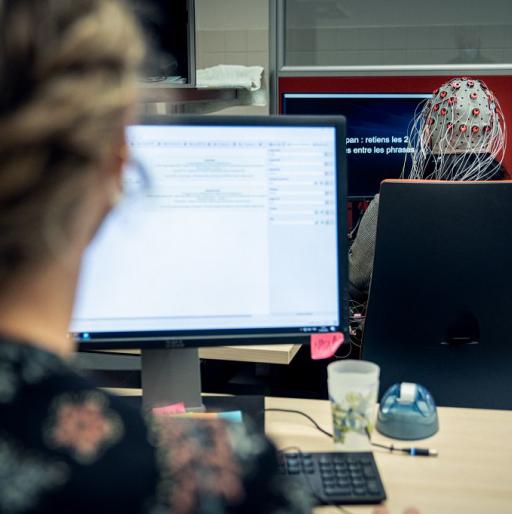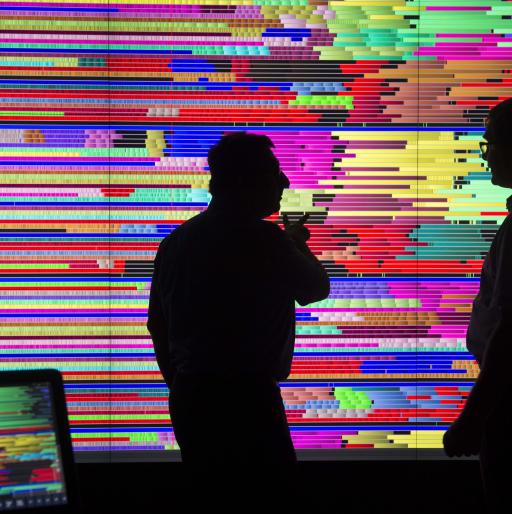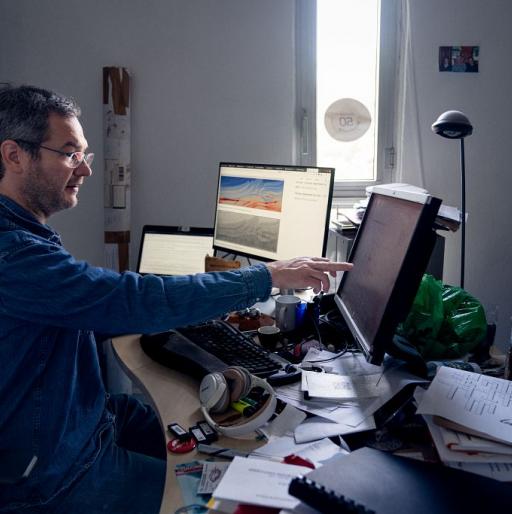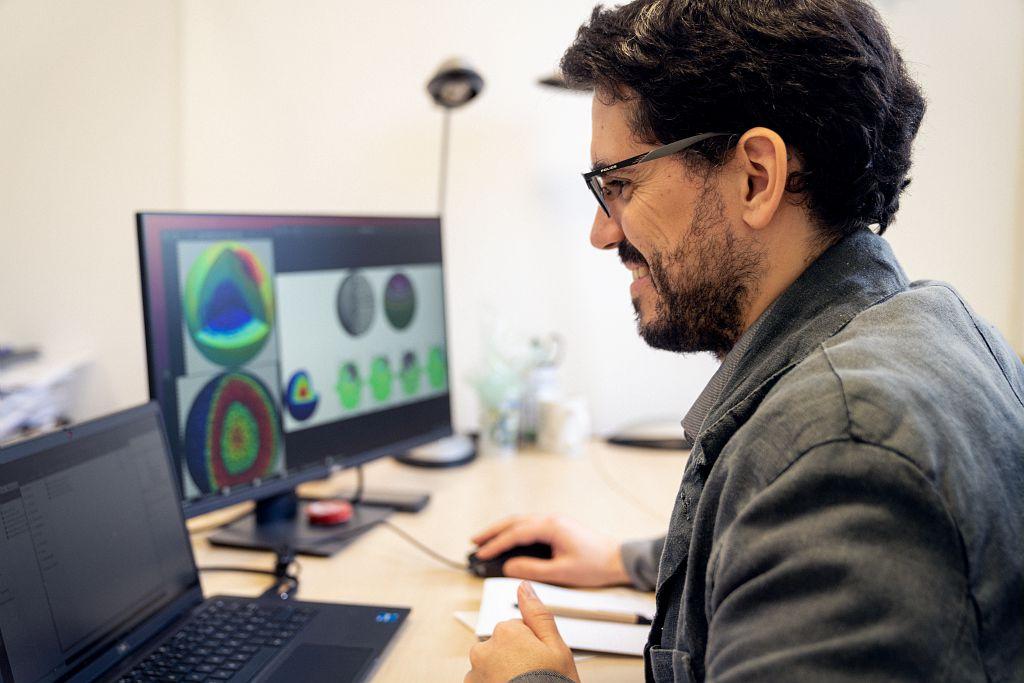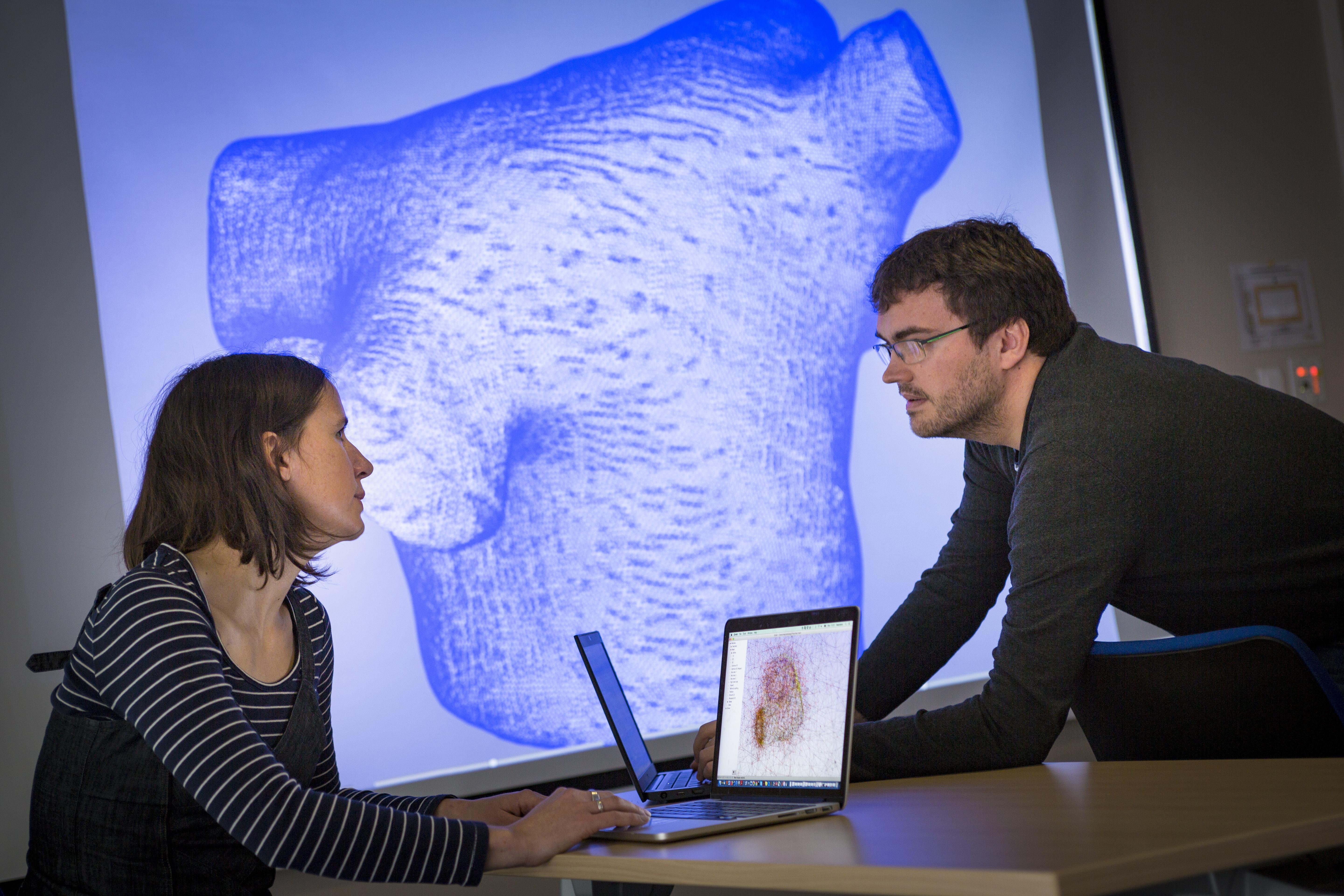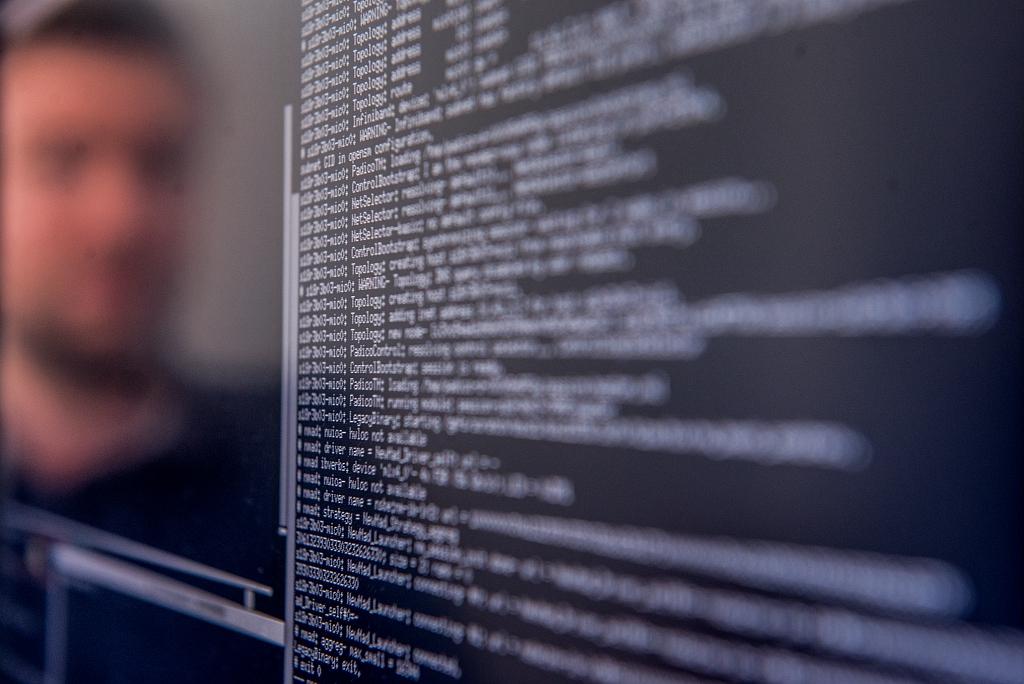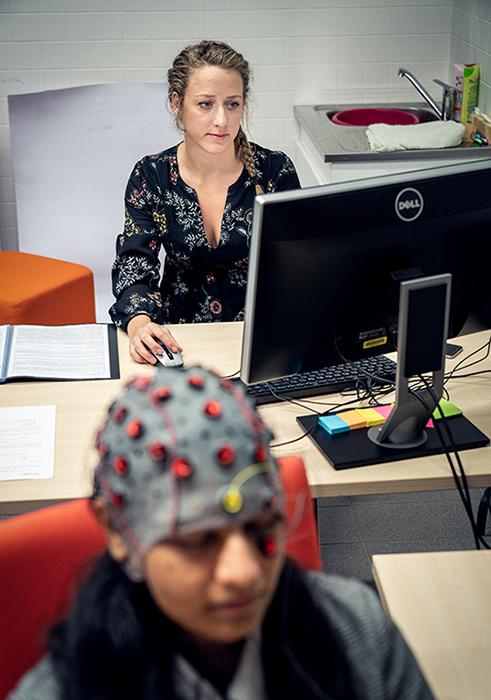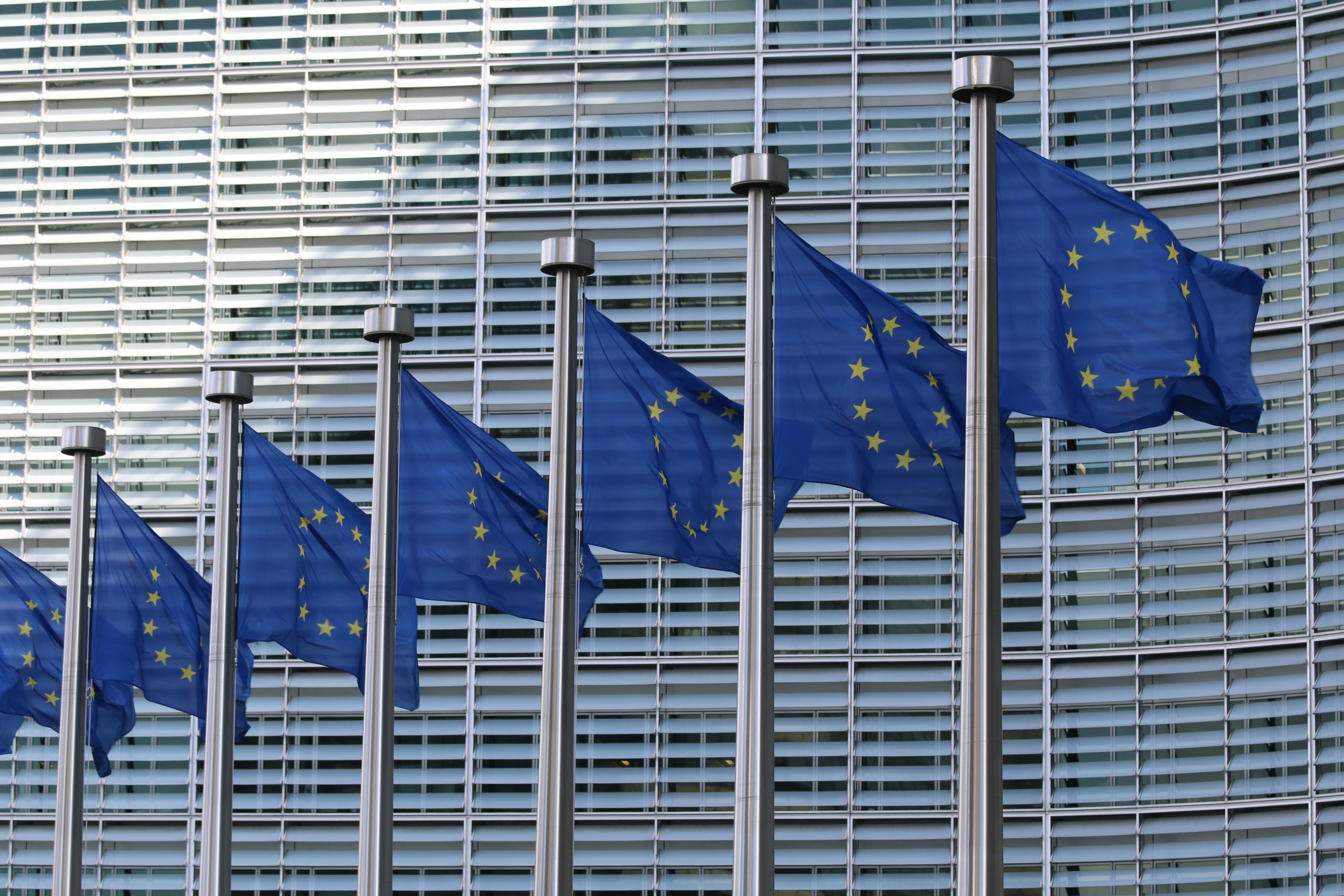
Bitscope: science at the service of society and culture
Bitscope, led for France by the Potioc project-team of the Inria center at the University of Bordeaux, is a European project that responds to the CHIST-ERA program. These projects have the particularity of being financed directly by the national agencies of the countries where the research organizations participating in the project are located, and not by Europe directly. As with the Horizon Europe program, they encourage the creation of international collaborations bringing together diverse and varied skills that are not necessarily found within one's own country. The proposed research topics are nevertheless identified jointly with the European Union and are consistent with the European RD&I1 (research, development and innovation) program, Horizon Europe.
Bitscope, which brings together four academic partners of different nationalities, aims to improve user experiences, particularly in terms of interest and curiosity, in the context of virtual art experiences using BCI (brain computer interface) techniques. Using a concrete case study, the scientists will conduct experiments in the context of a virtual museum visit. This study will make it possible to understand, for example, which works arouse interest and curiosity in a particular visitor, by analyzing, among other things, brain signals (by electroencephalography), and without the visitor making any gesture or effort. In the long term, this project could revolutionize the design of virtual tours of museums or art galleries, by also personalizing them through the analysis of other physiological signals, such as eye movements for example.
A true precursor in the use of brain-computer interfaces, the multidisciplinary Bitscope project improves the user experience and human interactions within shared virtual spaces (art gallery, museum, bookstore, game...): societal impacts that will allow art and culture to spread more widely and become more democratic.
Aria: knowledge sharing to facilitate the modeling of physical problems
Aria, coordinated by the Memphis project-team, is funded by the Rise instrument (Research and innovation staff exchange) within the European Commission's Horizon 20202 program. This type of project enables the networking of several actors who will work together, on a scientific and theoretical level, in order to validate research ideas (mathematical models, in particular).
Thus, within Aria, the sixteen partners of the project (academic and industrial), of five different nationalities, including non-European, are interested in reduced-order models for the modeling of physical problems (blood flow in aortic aneurysms, aerodynamics of a wind turbine or a car...). Until now, these models were based on discretized equations requiring very complex calculations performed with supercomputers. The scientists of the project propose an alternative to this, by trying not to decrease the precision of the models, but by reducing the number of unknowns of each equation by simulations already performed in similar problems.
Since the beginning of Aria three years ago, the mathematical methods under study within the project have a potentially important international impact at the scientific and academic level, in the fields of mathematics and computer science. Indeed, the results that could be obtained open new perspectives of software development including for the industrial partners of the project: the latter, through the proposed use cases, can not only contribute to the project but also learn methods that will potentially bring a real economic and industrial advantage.
See4Geo: search tools for geothermal energy
See4Geo, in which the Makutu project-team participates, is funded by the Geothermica call for projects, supported by the European Commission through Ademe. The aim of this call for projects is to promote research and innovation in the field of geothermal energy in order to advance the scientific state of the art for the benefit of more reliable, safe and competitive energy exploitation.
Bringing together academic and industrial actors of three different nationalities, See4Geo's ambition is to accelerate and validate new geophysical simulation concepts in the context of the use case of geothermal energy exploitation in order to be able to better deploy these techniques on the market in the longer term. Geothermal systems require the injection of fluids into the ground, especially at the Earth's surface. Scientists must therefore identify whether there are rock fractures at the surface to avoid damage when the liquid is introduced. Using a dual approach of seismic and electromagnetic conversion, See4Geo scientists will be able to provide a numerical-based assessment of the physical properties of the subsurface to characterize this area.
In addition to the impacts in terms of scientific research in environmental engineering and software development, See4Geo will attempt to develop demonstrators and proofs of concept in France and Norway in order to deploy the results of this project on the market in the medium term in an economically viable manner.
